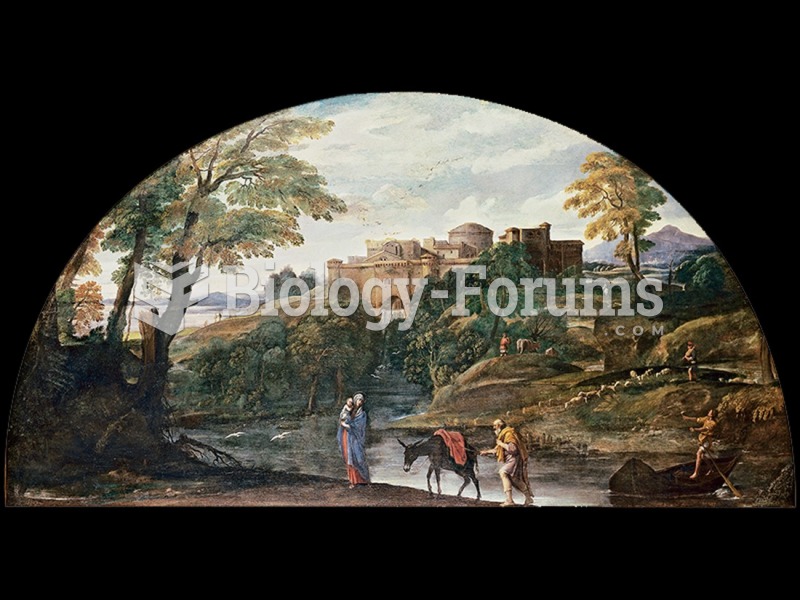Answer to Question 1
D
Answer to Question 2
People sometimes confuse differentiation and positioning with market segmentation and target marketing. Product differentiation involves creating differences in the firm's product offering that set it apart from competing offerings. Differentiation typically has its basis in distinct product features, additional services, or other characteristics. Positioning refers to creating a mental image of the product offering and its differentiating features in the minds of the target market. This mental image can be based on real or perceived differences among competing offerings. Whereas differentiation is about the product itself, positioning is about customers' perceptions of the real or imaginary benefits that the product possesses. Although differentiation and positioning can be based on actual product features or characteristics, the principal task for the firm is to develop and maintain a relative position for the product in the minds of the target market. The concept of relative position is typically addressed using a tool called perceptual mapping.
Customer perceptions are of utmost importance in product differentiation because differences among competing products can be based on real qualities (e.g., product characteristics, features, or style) or psychological qualities (e.g., perception and image). Generally, the most important tool of product differentiation is the brand. However, there are other important bases for differentiation, including product descriptors and customer support services.
Product Descriptors-Firms generally provide information about their products in one of three contexts. The first context is product features, which are factual descriptors of the product and its characteristics. However, features-although they tell something about the nature of the product-are not generally the pieces of information that lead customers to buy. Features must be translated into the second context, advantages. Advantages are performance characteristics that communicate how the features make the product behave, hopefully in a fashion that is distinctive and appealing to customers. However, the real reason customers buy products is to gain benefits-the positive outcomes or need satisfaction they acquire from purchased products.
Customer Support Services-A firm may have difficulty differentiating its products when all products in a market have essentially the same quality, features, or benefits. In such cases, providing good customer support services-both before and after the sale-may be the only way to differentiate the firm's products and move them away from a price-driven commodity status. Support services include anything that the firm can provide in addition to the main product that adds value to that product for the customer. The importance of having the proper mix of support services has increased in recent years, causing many firms to design their customer services as carefully as they design their products.







